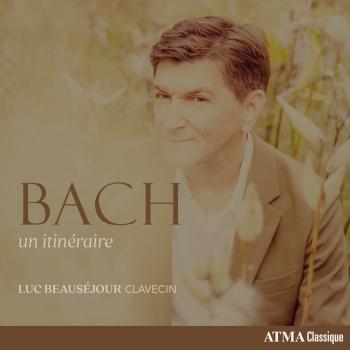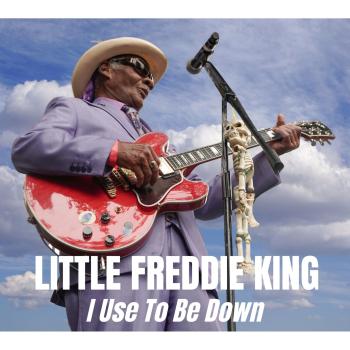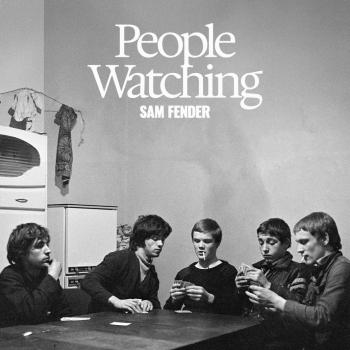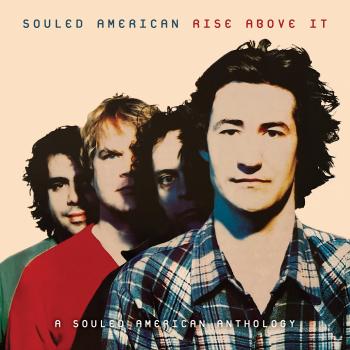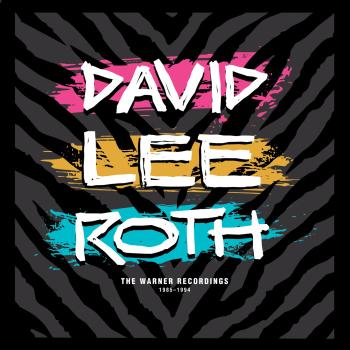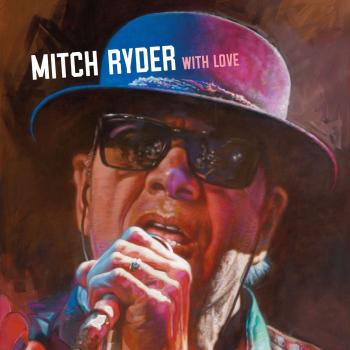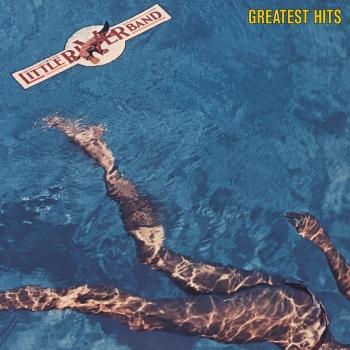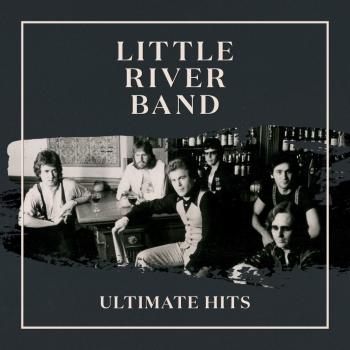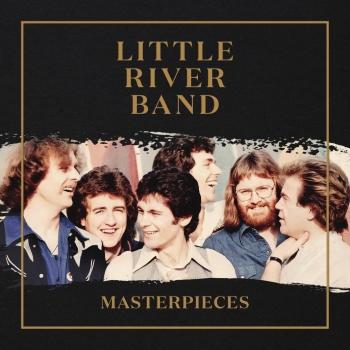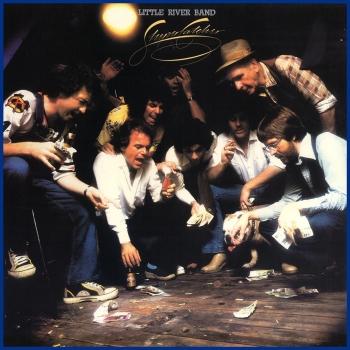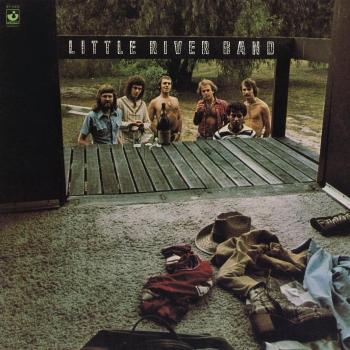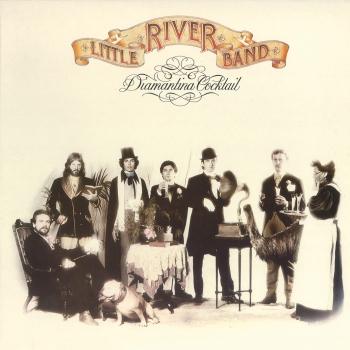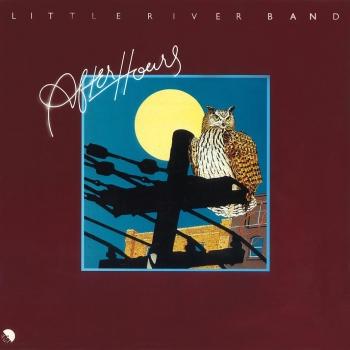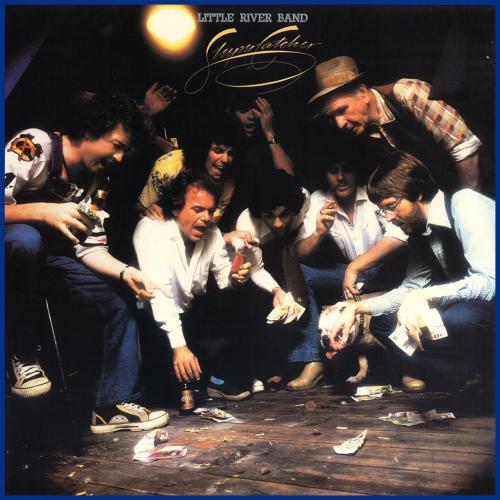
Sleeper Catcher (Remastered) Little River Band
Album info
Album-Release:
1978
HRA-Release:
14.10.2022
Label: EMI Recorded Music Australia Pty Ltd
Genre: Pop
Subgenre: Adult Contemporary
Artist: Little River Band
Album including Album cover
I`m sorry!
Dear HIGHRESAUDIO Visitor,
due to territorial constraints and also different releases dates in each country you currently can`t purchase this album. We are updating our release dates twice a week. So, please feel free to check from time-to-time, if the album is available for your country.
We suggest, that you bookmark the album and use our Short List function.
Thank you for your understanding and patience.
Yours sincerely, HIGHRESAUDIO
- 1 Fall From Paradise (Remastered) 05:06
- 2 Lady (2010 Digital Remaster) 04:58
- 3 Red-Headed Wild Flower (2010 Digital Remaster) 04:35
- 4 Light Of Day (2010 Digital Remaster) 08:02
- 5 So Many Paths (2010 Digital Remaster) 04:24
- 6 Reminiscing (Remastered) 04:13
- 7 Sanity's Side (2010 Digital Remaster) 04:13
- 8 Shut Down, Turn Off (2010 Digital Remaster) 03:52
- 9 One For The Road (2010 Digital Remaster) 04:00
- 10 Recordando 04:12
Info for Sleeper Catcher (Remastered)
"Sleeper Catcher" is the fourth studio album by the Little River Band, released in April 1978. The album included two top 10 Billboard Hot 100 hits in ‘Lonesome Loser’ and ‘Cool Change’.
"Little River Band scored their highest-charting single with 1978's Sleeper Catcher release, thanks to the gallant sway of "Reminiscing," which went all the way to number three and stayed in the Top 40 for 14 weeks. Vocalist Glenn Shorrock gives Sleeper Catcher the perfect MOR sound, draping the tracks with his cool, breezy style that is much more apparent and effectual here than on the band's earlier efforts. The album itself gained platinum status, reaching the number 16 spot while scoring another Top Ten hit with the romantic, middle-aged allure of "Lady," one of the group's finest ballads. "Sanity's Side," "Light of Day," and "So Many Paths" have the group fitting in nicely with the late-'70s pop/rock sound, and the opening "Shut Down Turn Off" is the best of the non-released tracks with its appealing yet conventional flow. The album was the last for bass player George McArdle before he left the band to fulfill his religious beliefs. Sleeper Catcher and 1979's First Under the Wire became Little River Band's most successful releases, both with Shorrock as lead singer, who was replaced later by John Farnham in 1983, only to return to the band in the late '80s. Like Sleeper Catcher, First Under the Wire put out two Top Ten singles of the same variety, scoring with "Lonesome Loser" and "Cool Change." (Mike DeGagne, AMG)
Glenn Shorrock, lead vocals
David Briggs, lead and Roland synthesizer guitar
Beeb Birtles, electric and acoustic guitar, vocals
Graham Goble, electric and acoustic guitar, vocals, vocal arrangements
George McArdle, bass
Derek Pellicci, drums, Syndrums drums, percussion
Additional musicians:
Vernon Hill, flute
Bob Venier, flugelhorn
Pam Raines, harp
Peter Sullivan, electric and acoustic piano
Peter Jones, electric piano (2)
Mal Logan, Hammond organ
Rick Formosa, conductor, orchestral arrangements
Digitally remastered
Little River Band
One of the first Australian bands to find widespread commercial success in America, Little River Band brought a polished, vocal-heavy pop sound to the late-'70s airwaves, melding the rich harmonies of the Eagles and Crosby, Stills & Nash with a bit of AOR drive and soft rock melodicism. Staffed by a crew of previously distinguished veterans of Melbourne's vibrant rock scene, the group's sights were already set on American shores by the time of their 1975 formation, and within two years, they had achieved their breakthrough with 1977's gold-selling Diamantina Cocktail, followed quickly by Sleeper Catcher and its Top Ten hits "Lady" and "Reminiscing." Their acceptance in the U.S. was mirrored and subsequently exceeded by their prominence back home, and they headed confidently into the '80s with a string of hit albums and an international reputation. Things began to splinter, though, with the departure of key founding members, singer Glenn Shorrock and guitarist Beeb Birtles, and by 1985, their profile in the U.S. began to dip with a change in both sound and membership. After a series of albums with singer John Farnham at the helm, Shorrock reentered the picture and Little River Band managed to retain their popularity in Australia through the end of the decade. However, the group continued to bleed personnel and by 1998, no original members remained involved in the band and the legal rights to the name were claimed by '80s members Stephen Housden and Wayne Nelson. Backed by a frequently rotating staff, Housden and Nelson toured a version of Little River Band throughout the 2000s despite numerous legal battles with the group's founding members, who had authored all of their best-known material. The contentious legal entanglements persisted well into the next decade with continued strife between both parties resulting in the cancellation of several major anniversary appearances by the touring version of the group, now led solely by Nelson, who in 2016 released an album of re-recorded versions of the band's earlier hits. In spite of this ongoing drama, Little River Band's status as one of Australia's most prominent bands of the late 20th century has remained strong, and they entered their fifth decade with 2020's live orchestral album Black Tie.
When Little River Band initially formed in Melbourne in 1975, the group's key bandmembers were already well-known to many Australians. Lead singer Shorrock had made his name first in the mid-'60s group the Twilights, and later with Axiom, whose 1970 single "A Little Ray of Sunshine" eventually became an Australian classic rock staple. Guitarist Beeb Birtles had initially been the bass player for a group called Zoot (Rick Springfield was a later member) then later joined guitarist Graham Goble and drummer Derek Pellicci in the popular country-rock group and LRB precursor Mississippi. Even the band's manager, Glenn Wheatley, carried a significant rock pedigree as the former bassist for the Masters Apprentices. From the start, they had the status of something of a supergroup aimed at conquering the world, from Australia to America. With that in mind, they almost immediately went into the studio, even before the rest of the band had been consolidated.
Although the early lineup shuffled around a bit, by the time Little River Band released their self-titled debut in late 1975, the band consisted of mainstays Shorrock (vocals), Birtles (vocals, guitar), Goble (vocals, guitar), and Pellicci (drums), with lead guitarist Ric Formosa and bassist Roger McLachlan. Their follow-up, After Hours, was released in Australia mere months later in April 1976, though the band's American record company considered it to too dark and sent them straight back into the studio to record the next album, resolving to use some of the After Hours tracks and the best of what was being recorded for the group's third Australian album. The result was called Diamantina Cocktail, produced by John Boylan. Preceded by late 1976 European tour dates with Queen and American dates supporting Average White Band, Diamantina Cocktail finally appeared in both countries in the front half of 1977 and proved to be the breakthrough Little River Band were hoping for. Buoyed by the hit singles "Help Is on Its Way" and "Happy Anniversary," the album peaked at number 49 in the U.S. and number two in Australia, eventually going gold in both countries. Just two years into their career, however, cracks in the lineup began to show, with Formosa and McLachlan replaced by David Briggs and George McArdle, respectively. Sleeper Catcher, again produced by Boylan, arrived in 1978 and became a major success in America, with the single "Reminiscing" hitting number three. By this point, Little River Band were on a roll and 1979's First Under the Wire was no exception, launching another pair of hits with "Cool Change" and "Lonesome Loser."
Time ExposureOver the next few years, the group straddled the two continents, renowned for their impeccable live performances and polished presence. Internally, relationships weren't so good. From their first album on, front-liners Shorrock, Birtles, and Goble recorded separately. On the road they traveled separately. Only on-stage were they together. The regular changes in the backline -- especially on bass -- only contributed to tensions. During one break between American tours, Goble started writing and producing an album for Australian pop legend John Farnham. After 1981's George Martin-produced Time Exposure, Shorrock was replaced on vocals by Farnham. Australia pricked up its ears, but America was in shock, as this still-successful band moved toward replacing the singer of all its big hits with someone who to them was an unknown. Nevertheless, the change was made and Farnham walked straight into the recording studio to make The Net. More lineup changes followed, including the departure of Birtles.
Playing to WinIn all, John Farnham recorded three albums with Little River Band over four years: The Net (1983), Playing to Win (1985), and No Reins (1986). Newcomers Stephen Housden (guitar, vocals) and Wayne Nelson (bass, vocals) became mainstays of this era, with only Goble left from the original frontline. Although the albums were a moderate success at home, America never quite took to Farnham, who soon took the initiative and started working on another solo release, 1986's Whispering Jack, an album that completely rehabilitated him as the biggest-selling artist in Australia. Little River Band regrouped in 1988 with new management and a new record label. Glenn Shorrock and Derek Pellicci rejoined Goble, Nelson, and Housden to record the Monsoon album, which went some way in returning the group's luster. This lineup issued one more release, 1990's Get Lucky, after which Goble departed. By 1996, Shorrock was also gone, and with Pellicci's 1998 departure went the group's last original member as well as the Little River Band trademark rights, which fell to Housden.
Cuts Like a DiamondAlthough the band as fans had known it called it day, Housden and Nelson picked up the torch and carried on as perennial touring act under the Little River Band name, coming under fire in 2002 from Birtles, Shorrock, and Goble, who were attempting a reunion tour playing the band's early hits and hoping to use some version of the group's name. The remainder of the 2000s was marred by a knotty confusion of lawsuits between the two parties, with Nelson ultimately retaining the trademark rights and continuing to tour his version of Little River Band into the next decade while the original members played the hits under their own names. A handful of new releases under the Little River Band banner appeared in the 2010 including the all-original Cuts Like a Diamond (2013) and The Hits: Revisited, a collection of their prime early material re-recorded by Nelson and his current lineup. The animosity remained, with the original members doing their best to sabotage major appearances and anniversary celebrations undertaken by the touring version.
Although the dramas and infighting of the group's latter years have taken their toll, the Little River Band legacy as a whole has fared well, and the group's induction into the ARIA Hall of Fame and the lasting power of now-classic hits like "Cool Change," "Reminiscing," and "Help Is on Its Way" continued to cement their reputation as one of Australia's most significant bands. As Nelson shepherded the group, they headed into another decade and continued to celebrate the breadth of their legacy. 2020's live album Black Tie featured Little River Band accompanied on-stage by an orchestra, playing early hits as well as some of their contemporary offerings like the record's patriotic single "The Lost and the Lonely," which originally appeared on 2013's Cuts Like a Diamond. (Timothy Monger, AMG)
This album contains no booklet.

